| Federico and I arrived in Monsterrat! There are twelve Italian film makers with us, so we are quite the circus. The image below (my eyes closed) shows our 900+ lbs of luggage. Nearly all of it is camera gear, underwater housings, rebreathers and SCUBA kit. Famed underwater videographer Michael Pitts and his assistant Jon Chambers came with two Inspiration rebreathers, a RED camera with underwater housing, and two oxygen cylinders, which accounted for 20 of the bags. It’s a lot of “stuff”, but the footage will be stunning and nothing like what has been captured here before. |
| Thankfully the Trident drone from Sofar Ocean (formerly OpenROV) was the easiest item to bring over. It fit into the backpack I carried onto the plane and placed under the seat. I thought the drone might get some strange looks at airport security, but the TSA agent in San Francisco recognized it as an underwater drone and then told me about dives they did in Monterey! Antigua airport security was fine about it too. By the end of this journey I’ll have taken it through airport security in five different countries and I don’t expect any problems. |
| We saw the part of the island covered in ash and pyroclastic flow during the volcanic eruptions between 1995 and 2010. Federico, a professor of palaeontology and geology, was awe struck because we were seeing a situation similar (geologically speaking) to what was happening in his home region, the Dolomites in Italy, 200 million years ago. I learned that it’s incorrect to call the flow from Montserrat’s volcano “lava.” The correct term is “pyroclastic flow” (rocks spewed from the volcano). During explosions, ash turned day to night from the ask. The sand on the beaches is still dark black, and the island has grown larger. We talked to Montserratians who were on the island during the explosions, some of whom still own houses buried under the flow. Amazingly, corals once completely covered in the flow are already starting to regrow through the ash. The corals, like the people of the island, are incredibly resilient. Because the volcano is still considered active, the former Director (now seismologist) of the Montserrat Volcano Observatory, Rod Stewart, was with us at all times while we were in the buried city of Plymouth, an area that would be in immediate danger if the volcano erupted again. That said, this was a very low-risk activity. It would be more likely that one of us would get a bad wasp sting (Jack Spaniard wasps like to make nests under broad leaves, beware!). Thankfully no filmmakers or explorers were harmed in the course of these events. |
| Video: Windy Day filming atop St George's Hill, Montserrat | Video: Film crew atop St George's Hill, Montserrat |
| A friend and incredible Montserratian woman, Veta Wade, will be in the documentary sharing the story of the island. She runs a non-profit organization, called ‘Fish ‘N Fins’ that teaches kids to swim, snorkel, and protect the ocean and it’s reefs. She invited me to share stories (and have a dance off!) with them at the island’s first STEAM Festival. I was floored with their enthusiasm! The local news wrote about it here. Every other sentence, a kid flew up their arm with a question or remark. I got some common questions, “How did the door work in underwater habitat? Did you see sharks?” Plus some questions I’d never think of — One came up to me urgently and pulled on my shirt to ask “Is hot chocolate your favorite drink?” (Turns out she saw hot chocolate packets in one of the videos of the underwater habitat. Very observant!). Another pointed to a strange shadow I’d never noticed in an image and asked “Are those snail eyes?!” Another asked if I could lift the Goliath grouper out of the water, and I said “No they are 300 lbs! I couldn’t hug it if I wanted to!” A boy who looked about six years old asked if I could bring the submarine to the island. I said if he can pick out some dives spots to study we can try to organize it! |
A movie called “Wendy” directed by Benh Zeitlin was filmed on the island last year. I’m looking forward to seeing it. Apparently it was not only filmed here, but Montserrat inspired the writer. From IMDB: "Set on a mysterious island where aging and time have come unglued, Zeitlin's mythological story tells the tale of two children from different worlds fighting to maintain their grip on freedom and joy."
Stay tuned for more and please comment if you’ve questions.
Stay tuned for more and please comment if you’ve questions.
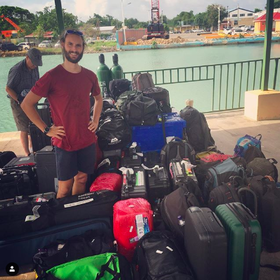
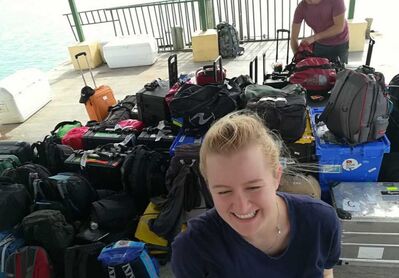
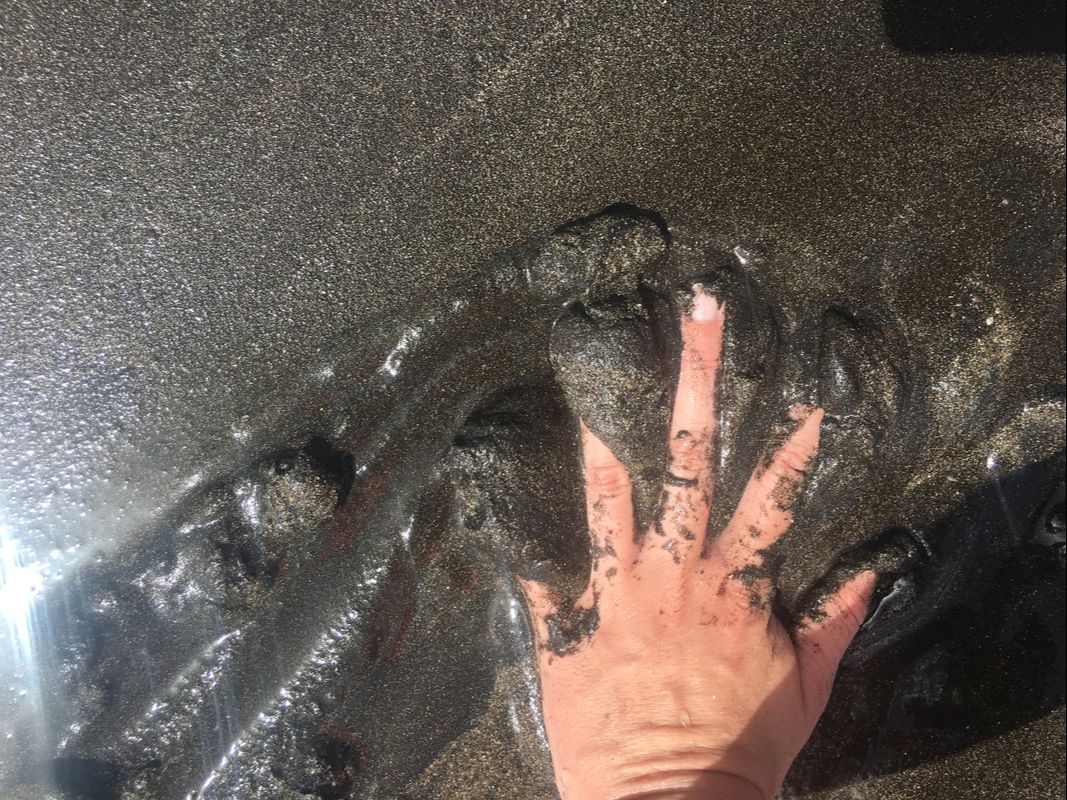
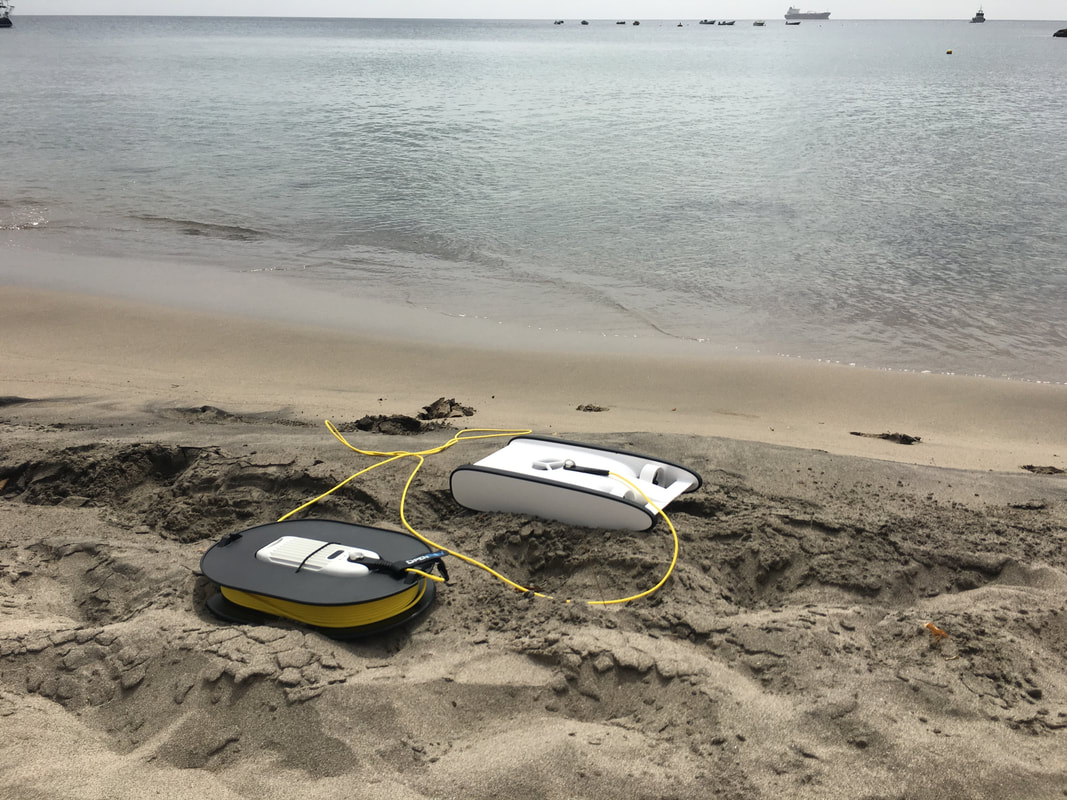
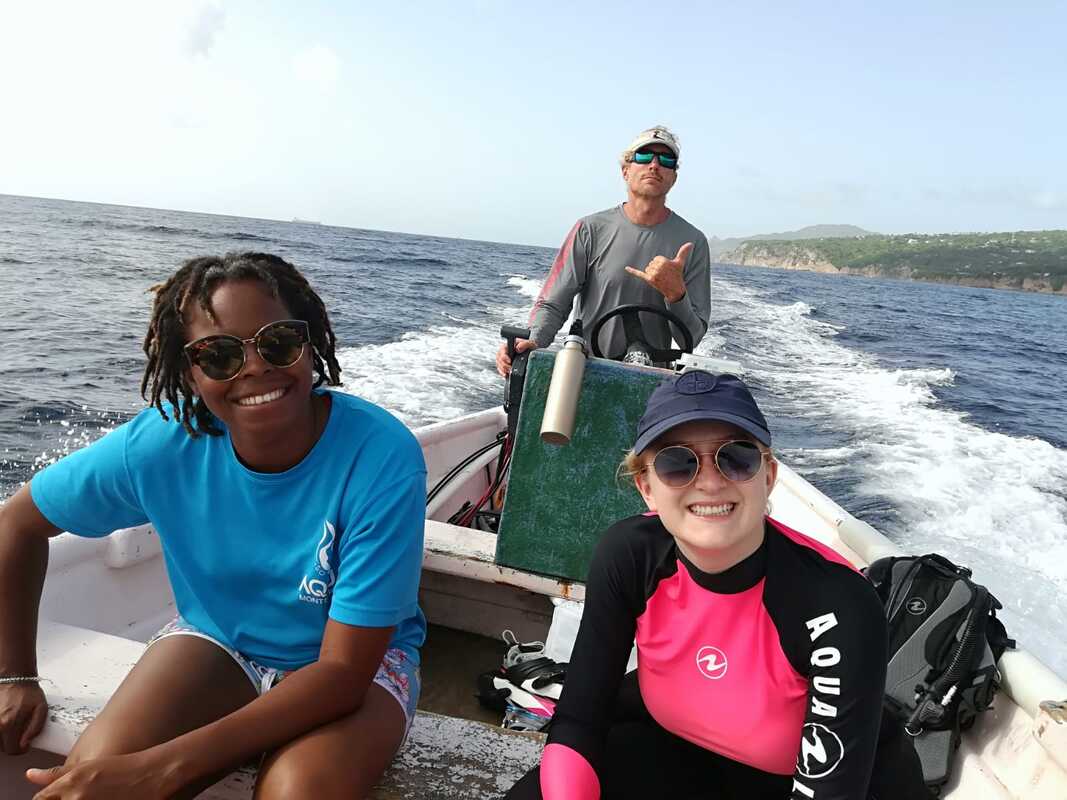

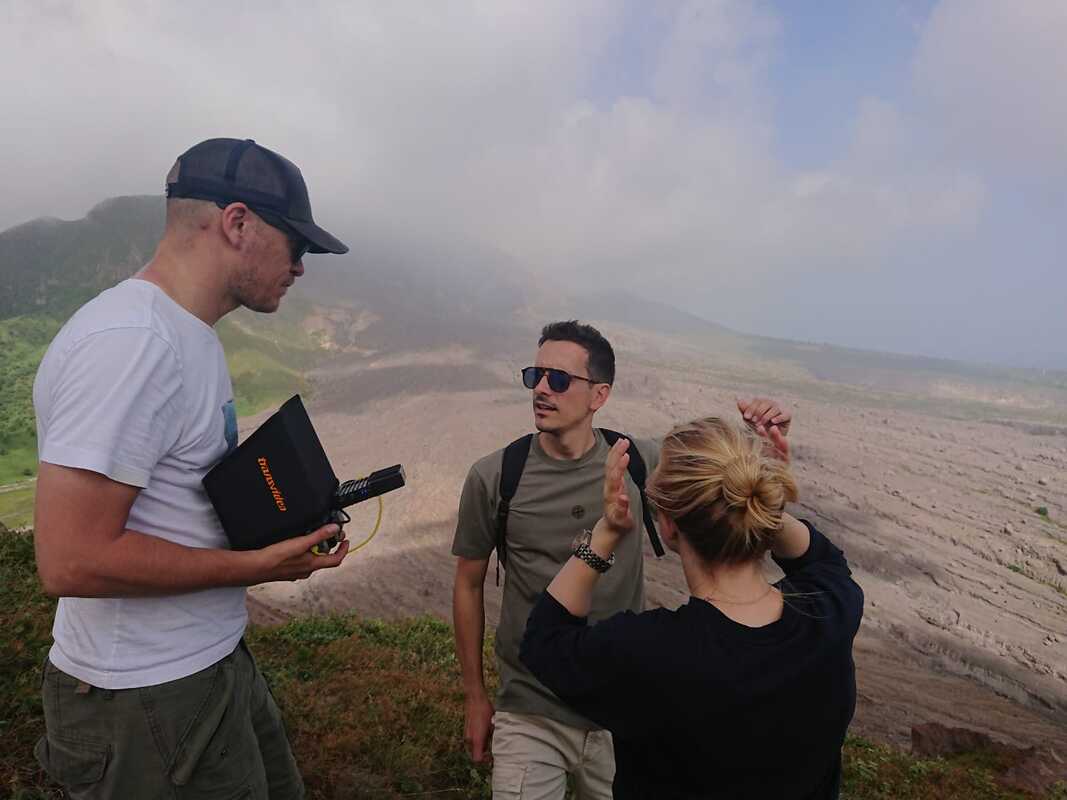
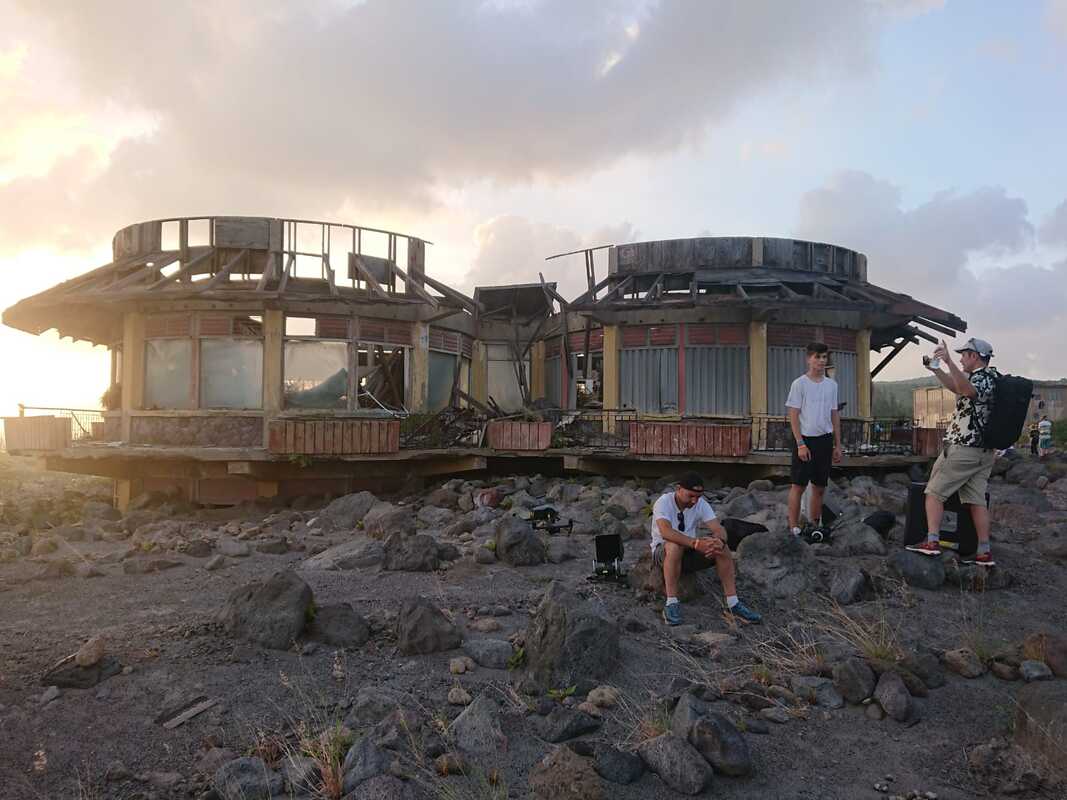

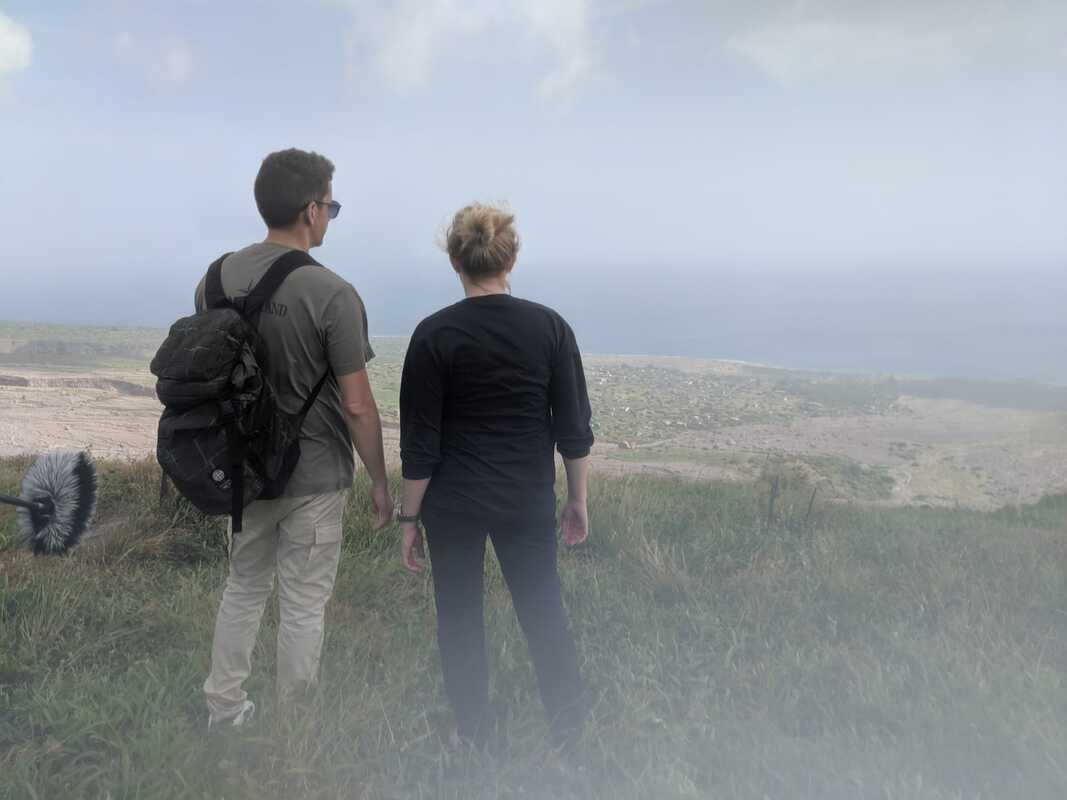
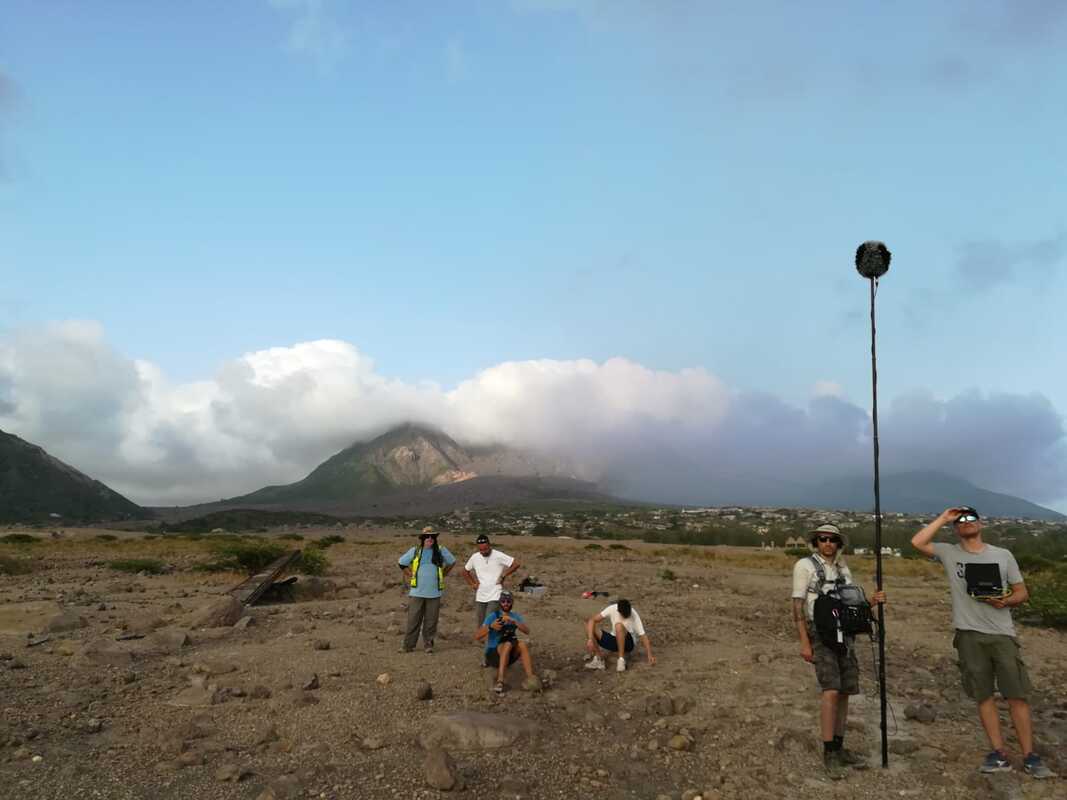
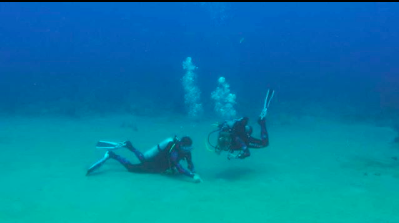
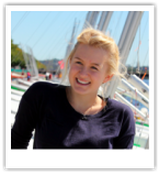
 RSS Feed
RSS Feed
